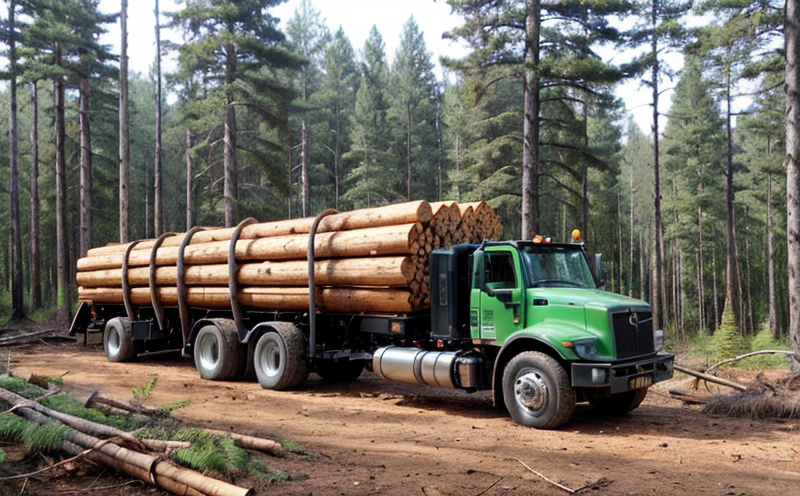Plywood Formaldehyde Emission Testing
Formaldehyde is a critical component in plywood manufacturing. It acts as a bonding agent that helps hold the layers of wood together, creating a strong and durable material. However, formaldehyde can also present health risks when it escapes into the environment or through products used in construction or furniture making.
The need to balance performance with safety is why rigorous testing for formaldehyde emissions is essential. This process ensures that plywood meets stringent quality standards set forth by international bodies such as ISO and EN. These standards aim to protect human health, especially in indoor environments where high concentrations of volatile organic compounds (VOCs) can accumulate.
In this testing procedure, the primary goal is to measure the amount of formaldehyde released from plywood samples under specific conditions that simulate real-world usage scenarios. The method involves placing the sample in a climate-controlled chamber for a specified period while monitoring its outgassing rate. This approach allows labs to assess whether the product adheres to emission limits prescribed by regulatory guidelines.
The testing process typically follows ISO 16007-2 and ASTM D6007 standards, which provide detailed protocols for conducting this type of evaluation. Compliance with these norms ensures consistent results across different laboratories worldwide, fostering trust among stakeholders involved in the supply chain.
Preparation of the sample is crucial to obtaining accurate readings during testing. Typically, the plywood board will be cut into standard sizes according to the specified protocol for each particular test. Once prepared, it must remain stable under controlled conditions until testing begins. This stability ensures that any variations in measurement are due solely to the characteristics of the material itself rather than external factors like humidity or temperature fluctuations.
During the testing phase, continuous monitoring takes place within a sealed chamber designed specifically for this purpose. Sensors inside the chamber detect minute amounts of formaldehyde released over time from the sample surface area exposed to the air flow. The data collected helps determine if the plywood emits formaldehyde levels below permissible thresholds.
The results obtained are then used by manufacturers, buyers, and regulators alike to make informed decisions about which materials to use in various applications ranging from flooring installations to furniture assembly projects. By ensuring compliance with emission limits, we contribute positively towards creating safer living spaces while maintaining high-quality standards expected by consumers globally.
Applied Standards
- ISO 16007-2: This international standard specifies procedures for determining the formaldehyde release rate from plywood products. It provides detailed guidelines on sample preparation, testing conditions, and data analysis.
- ASTM D6007: Developed by ASTM International, this standard offers methods for measuring formaldehyde emissions from various types of wood-based panels, including plywood. The document covers both static chamber tests and environmental chamber tests.
Quality and Reliability Assurance
The reliability of our testing services is underpinned by our commitment to using state-of-the-art equipment calibrated regularly against internationally recognized benchmarks. Our laboratories adhere strictly to prescribed procedures outlined in relevant standards, ensuring consistent and accurate results.
We employ trained professionals who possess extensive experience in performing these types of analyses. Their expertise guarantees that every step from sample preparation through final assessment is carried out meticulously according to best practices established by leading organizations around the world.
In addition to technical proficiency, we maintain strict quality control measures throughout our operations. From initial receipt of samples to completion of testing and generation of reports, each stage undergoes thorough review to catch any discrepancies early on before they impact final outcomes.
Competitive Advantage and Market Impact
By offering plywood formaldehyde emission testing services that meet the highest global standards, we provide our clients with a competitive edge in several ways:
- Enhanced Reputation: Compliance with stringent environmental regulations enhances your company's reputation as a responsible and forward-thinking player within the industry.
- Better Decision Making: Accurate testing data enables informed decision-making processes regarding raw material selection, product design optimization, and cost management strategies.
- Innovation Facilitation: Understanding exactly how much formaldehyde your products emit can drive innovation in developing new formulations or improving existing ones without compromising on safety standards.





